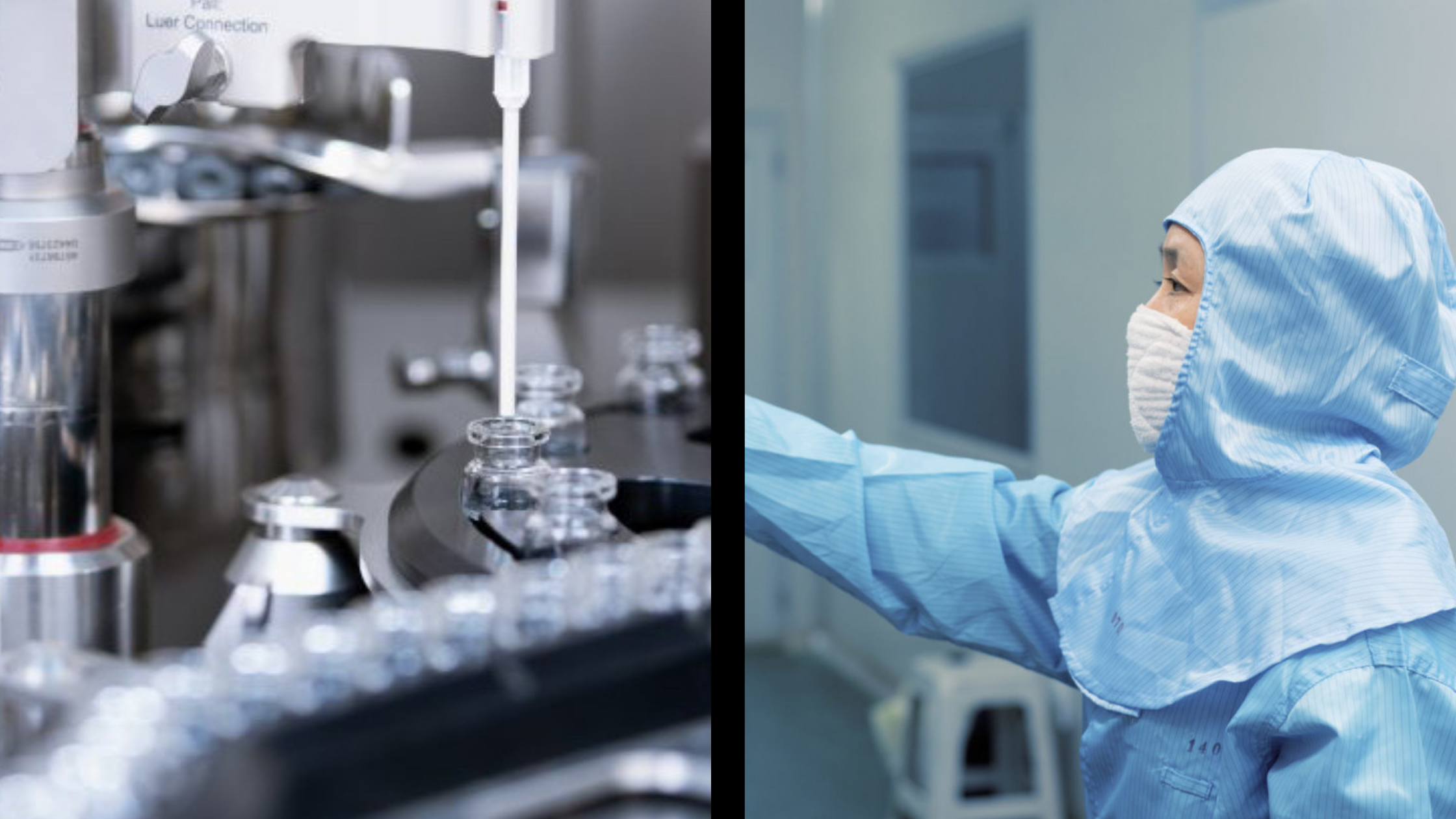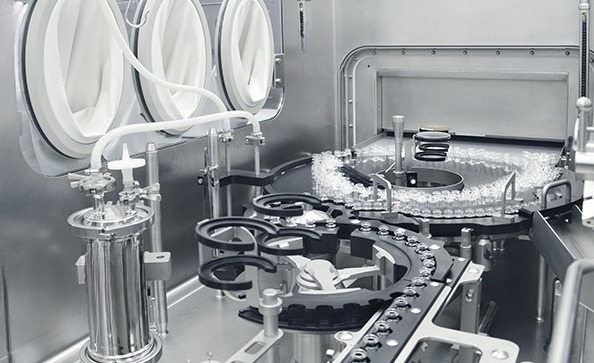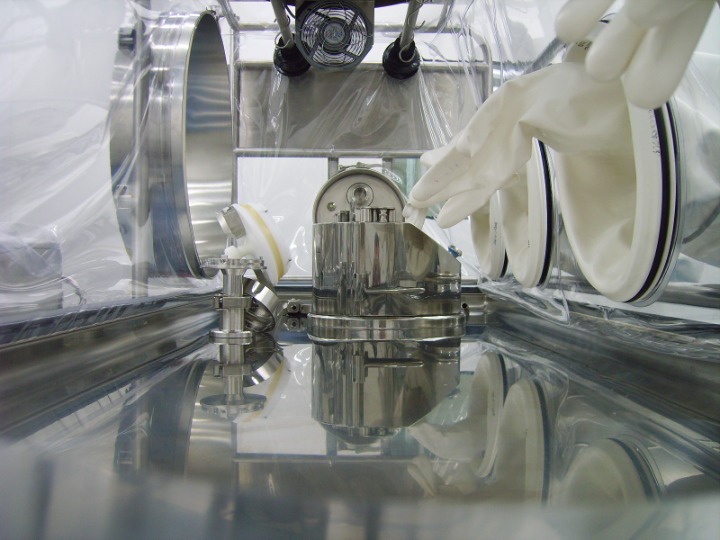
26 May Difference between Negative and Positive Pressure Isolators.
Isolators are important equipment in the pharmaceutical industry since they offer a protective barrier and confinement under aseptic settings. They’re made up of a series of physical barriers that employ confinement to provide a confined working area that allows complete variation manipulation without jeopardizing integrity.
Positive and negative pressure systems, which are maintained by closed-loop management of the chamber pressure, are used by isolators to protect the integrity of the clean environment.
In this article, we will discuss the basic differences between positive and negative pressure isolators as well as their applications in the pharmaceutical industry.
Positive Isolators:

Positive Pressure Isolators are designed to maintain positive pressure inside the isolator compared to the external environment. They are generally used during the sterile process. Positive pressure isolators are used to protect the product inside the isolator from contamination from the external sources. These systems safeguard the process being carried out within the isolator and have a wide range of applications in industries where the integrity of the manufacturing process shouldn’t be affected . Clean air is blasted out of the isolator to prevent the impurities entering the enclosed chamber in the event of a breach.
Negative Isolators:

Negative pressure Isolators are used to protect both the operator and the environment from potentially harmful materials/chemicals such as powerful or toxic compounds, active chemicals, and volatile medications.
Negative air pressure systems are ideal for preventing airborne contaminants from exiting the isolator and entering the cleanroom. Since the windows are shut, air flows into the isolator rather than out due to the decreased pressure. To prevent particles from exiting the isolator, negative pressure is maintained between -70 and -50 Pa. This functions as a physical barrier as well as a dynamic pressure barrier to keep particles out of the cleanroom Class A (ISO 5) environment.
Wrapping up:
The first fundamental distinction is that positive pressure containment systems protect the process, whereas negative pressure containment systems protect the individual. There are however a few critical applications in the sterile process which would demand the use of the negative isolators. The choice also takes into consideration the Exposure Potential and the Dust potential of the manufacturing process. Isovax has also designed built hybrid positive and negative flow isolators which are designed for multipurpose use for Research and Development Laboratories.
Isovax Technologies enables you to control critical pharmaceutical operations in a restricted space. The ultimate objective is to protect the product, people, and the environment against excessive toxicity and product reactivity while guaranteeing long-term profitability.
To know more about containment solution, talk to us at sales@isovax.in


Sorry, the comment form is closed at this time.